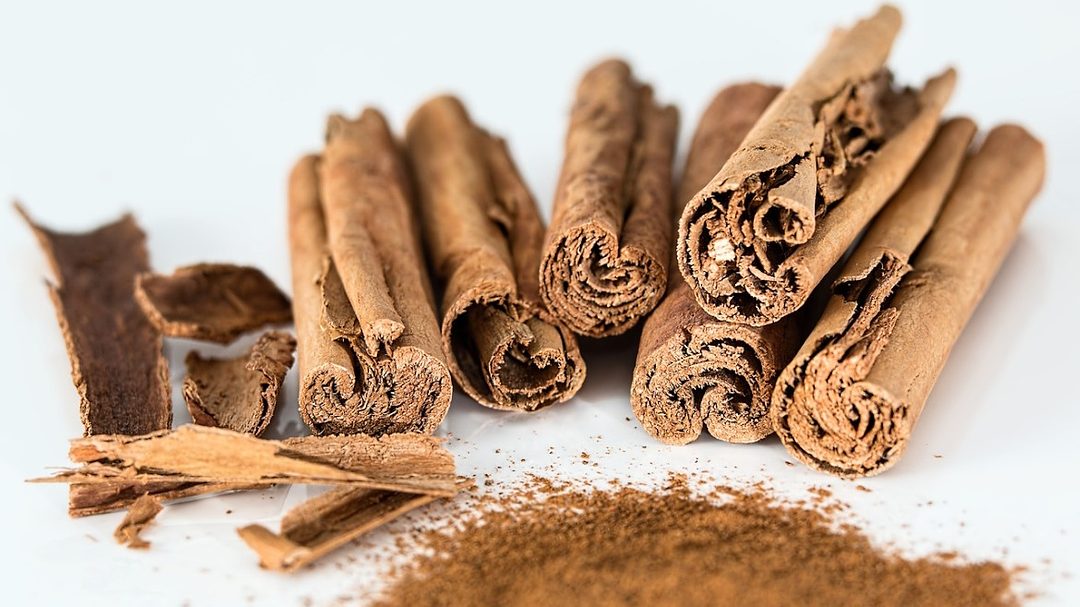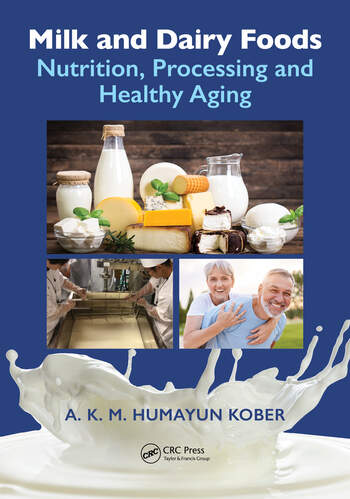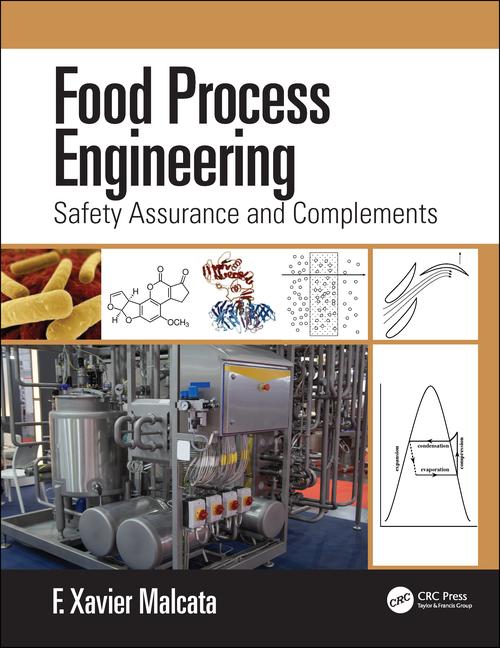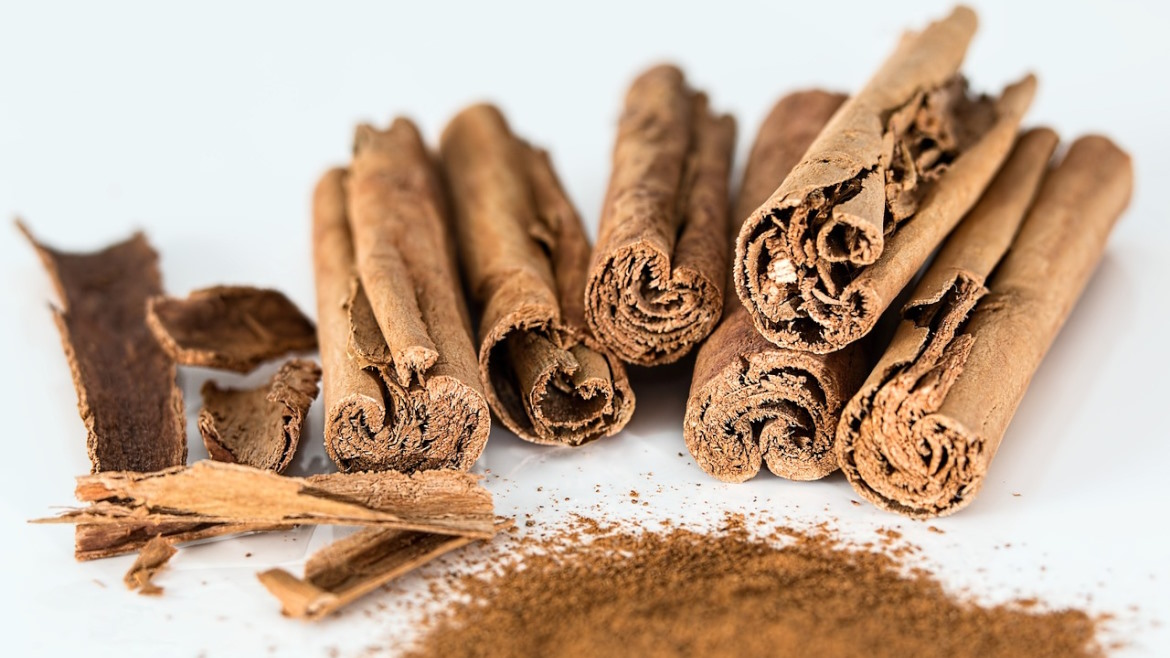Food Safety
Minimizing risk from raw materials
The ingredients you use reflect the quality of your product, so keep close tabs on your suppliers

What’s in the cinnamon—besides cinnamon—that’s been imported from half-way around the world? Can you trust your sources? Does the COA match analytical tests you performed on it? Image courtesy of Steve Buissinne from Pixabay





If your company was one of those that used PCA products as an ingredient during the 2009 incident, you know how costly a recall can be. But suppliers in the US aren’t the only ones with iffy ingredients. According to the USDA Foreign Agricultural Service GAIN Report (China Food Manufacturing Annual Report) dated February, 4, 2013, frequent reports of food adulteration problems in China continue to erode consumer confidence. In response, food manufacturers are launching new efforts to improve ingredient quality, make use of newer technologies and generally push greater innovation into their product offerings.
Know your supplier
There are, of course, objective ways to get a handle on ingredient suppliers. Most important is that they have a HACCP plan. “FSMA is a good step forward for many smaller suppliers as it directs them toward a HACCP-based operation,” says Warren Gilbert, FSS Corp. food safety specialist. This step will help small ingredient suppliers with their internal process and assist everyone involved with brand name protection.
“GFSI platforms operate at a much higher level of food safety and quality, which makes it expensive for smaller operations, but will help all manufacturers get to the next level,” adds Gilbert. However, processors must realize an audit is only as good as the scheme a supplier uses (e.g., BRC, SQF, HACCP, etc.).
“The audit is a tried and tested tool,” says Alan Traylor, MOCON business manager, microbial detection. But knowing a supplier can be a double-edged sword, since this familiarity might weaken a processor’s willingness to obtain data for corroboration. “Planning the audit and delivering it with objective, deliberate accuracy can be compromised by a long-standing relationship,” says Traylor. Ideally, the 50th audit of a partner should be as stringent as the first because, like a team, the participants should push each other to a higher standard of quality, he adds.
A relationship with a supplier is built over time, says Sharon Palmer, food director for PerkinElmer Analytical Sciences and Laboratory Services. The factors each processor values in suppliers depend on the nature of its needs. Factors such as on-time deliveries, consistent quality and safety records are all desirable traits that a supplier should exhibit. “Trust as you must, however, the liability and risk are still on the food manufacturer,” she adds.
“All processors should have a program in place that allows them to trust suppliers,” says Jeff Capell, GMP technical director, ASI Food Safety Consultants. “This program could be along the line of having a third-party audit of their supplier’s business. Using an accredited GFSI scheme will not necessarily give you any proof the ingredients are up to your standards.” If the facility is close by, Capell recommends the processor’s quality management team visit and tour it.
A lot of different certification programs are out there, such as SQF certified, says Joe Scioscia, Vormittag Associates Inc. (VAI) vice president of sales. SQF 1000 is for producers, while SQF 2000 is for manufacturers and distributors. Industry certification can help organizations determine if they are working with trusted suppliers.
While accreditation certainly assists in the selection of a trusted supplier, several metrics should be measured and taken into account as they relate to a trusted supplier, according to Chris Prather, EtQ senior solutions engineer. “We have found that our clients are measuring suppliers and their products using a vast array of both qualitative and quantitative metrics. Our clients are extending the quality management system to the supplier relationship and beyond.” EtQ provides quality management and food safety software to the food and beverage industry. Prather explains that several processors are establishing risk matrices to assess both identified and unidentified risk in all operational areas of the business.
One processor interviewed for this article scores suppliers on low to high risk with corresponding values of one to five in four categories: food safety, critical to brand, financial impact/supply risk and complexity of process. When the four scores in each category are added up, the total represents the relative degree of risk where a total of four to nine is considered a low-risk supplier; 10-15, medium risk; and 16-20, high risk. The processor further weighs the resultant risk level vs. performance level to come up with a total supplier risk management program.
“Working with your suppliers is more than looking at their quality assurance/quality control systems,” says John Surak, principal at Surak and Associates. “It is knowing the culture and management of your suppliers. If you think they’re going to use fake ingredients, then you don’t want to source from them. There are people who think if their suppliers are certified, then they’re OK. Certification is a tool in making the decision of a supplier. I start asking the questions: ‘What is their commitment to their products? To quality? To food safety? Are they truly committed?’
“Just because a plant is certified, and it is a primary supplier, doesn’t mean you don’t go there to check it out,” adds Surak. “Every time I walk through a plant, I am doing a GMP audit. It’s always in the back of my mind.” Surak recommends visiting a plant and checking out its operations to get a feel for how it functions. If processors are not sure what the focus should be when visiting a supplier’s facility, they should take along a consultant with hands-on processing experience.
Backup suppliers?
Supply chains are not without issues, and any number of reasons may prevent deliveries from your trusted, number-one supplier. However, both backup and regular suppliers dealing with FDA regulations must prove their processes and tracking capabilities meet current certification standards, says Scioscia.
However, processors in an emergency situation with the loss of a primary supplier may not need an immediate third-party audit for a backup supplier, unless there is a work stoppage or the supplier can’t provide the proper ingredients, according to Capell. However, once a processor determines it will be using a different supplier, it should require the new supplier to follow the same procedures that were put into place for the original supplier.
Another upside to having backup suppliers is that competition makes for better ingredients. Surak says Japanese companies often have, for example, two suppliers—a primary one for sourcing 60 percent of their contracts and a backup supplier where they source 40 percent of their ingredients. As the processor works with its backup suppliers to improve quality, the primary suppliers feel the pressure to improve quality and food safety.
Verify ingredients before they leave the supplier
In a perfect world, all incoming ingredients would arrive without any problems and meet all of a processor’s specifications. While there is no way to guarantee this kind of success, methods are available to increase successful results. For example, as part of a good supplier approval parameter, suppliers should have met and been approved to specific obligations prior to shipping, advises Gilbert. COAs (certificates of authenticity/analysis), letters of guarantee, etc. should be on file to ensure compliance.
For foreign suppliers, there are different rules to follow and laws in place, says Scioscia. “Make sure the imported food supplier is registered with FDA and provides shipment notice to FDA. FDA inspections can apply to a specific shipment of food or to a facility that manufactures, processes, packs or holds food.” An article of food receiving SQF certification is based in part on the known safety risks associated with that food and the known safety risks associated with the country, territory or region in which the food originated.
“It is in the best interest to have the ingredient tested by an approved lab before it leaves the supplier,” says Capell. “This way, you have an independent analysis of your ingredients. All suppliers should be tested with an approved method. You can also test one in five shipments to ensure they are complying with your standards. After a few times with no change in the results from your lab and the supplier’s lab, you may make a change and examine only one in 10 loads and so on until you are completely satisfied.”
Can a processor be sure the supplier has done the appropriate testing before shipping the ingredient, especially if it’s a foreign supplier? “The answer is yes,” says Surak. “You can have an arrangement where the supplier has to provide quality and quantitative information from measurements made in an independent lab prior to shipment.” The practical issue is the length of the supply chain. If it takes six months to receive the ingredient, and the processor discovers a problem, how long will it take for the ingredient supplier to figure out what happened in the process six months ago? asks Surak. Working directly with the supplier’s management team on key indicators is a better way to establish a process that assures ingredients will be right before they leave the plant.
“When we talk about measurements, we need to talk about standardization,” adds Traylor. If data is collected to a common protocol with traceable equipment, confidence in the supplier’s data is increased. “Trust, but verify,” warns Traylor. Retesting of samples or initial batches using compatible equipment can mitigate the risk. When electronic data is sent from suppliers to processors, it must be timely. Rapid measurements can reduce the waiting time for all and complement the electronic delivery of data, says Traylor.
Looking for a reprint of this article?
From high-res PDFs to custom plaques, order your copy today!












